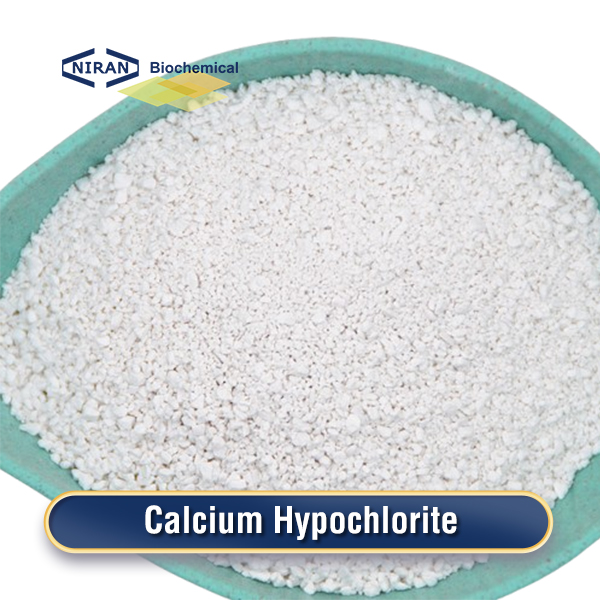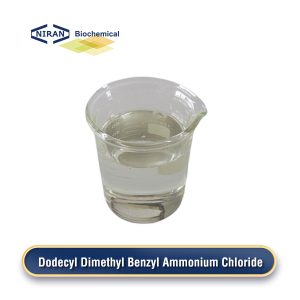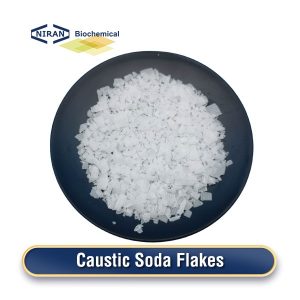Calcium Hypochlorite
- CAS Number: 7778-54-3
- Chemical Formula: Ca(OCl)₂
- MOQ: 1000KG
- Shelf Life: 2 years
- Types: Powder, Granular
- Synonyms: Bleaching powder, Calcium oxychloride
Product Description
What Is Calcium Hypochlorite?
Calcium Hypochlorite (Ca(OCl)₂) functions as an exceptionally effective disinfectant and bleaching agent, with widespread applications across water treatment, swimming pool sanitation, and the textile industry.
It is typically produced by reacting calcium hydroxide (Ca(OH)₂) with chlorine gas (Cl₂) in a cold, aqueous medium. The chemical reaction generates calcium hypochlorite and water. Afterward, the product is filtered, dried, and may be ground into either powder or granules. The product is available in two forms: anhydrous (more concentrated but less stable) and dihydrate (more stable, commonly used). Calcium hypochlorite is effective for pathogen elimination in water, as well as for bleaching and industrial sanitation applications.
Related Parameters:
| Items | Standards |
| Active Chlorine Content | ≥ 65% (for anhydrous) / ≥ 60% (for dihydrate) |
| Purity | ≥ 90% |
| Moisture Content | ≤ 10% (for anhydrous) / ≤ 15% (for dihydrate) |
| pH (1% Solution) | 10–12 |
| Calcium Content | ≥ 30% |
| Insoluble Matter | ≤ 1% |
| Granule Size | 1–5 mm (if in granular form) |
Recommended Dosage of Calcium Hypochlorite:
| Applications | Dosage |
| Water Treatment | 1–3 ppm (parts per million) |
| Wastewater Treatment | 5–10 ppm |
| Bleaching Agent (Textiles) | 1%–5% |
| Surface Disinfection | 0.1%–1% |
| Swimming Pool Sanitation | 1–3 ppm |
| Agricultural Irrigation | 1–2 ppm |
Calcium Hypochlorite Has Wide Range of Uses:
- Water Treatment: Widely utilized for the disinfection of drinking water, municipal water supplies, and industrial water systems.
- Swimming Pool Sanitation: Effectively controls bacteria and algae in pool water.
- Textile Industry: Used for bleaching fabrics and in the treatment of textiles.
- Wastewater Treatment: Applied to treat wastewater by eliminating pathogens.
- Employed for the sterilization of surfaces in healthcare settings, food processing plants, and public environments, surface disinfection plays a crucial role in maintaining hygiene.
- Agriculture: Used to disinfect irrigation water and prevent plant diseases.
User Asked Question:
Q: What is the difference between Calcium Hypochlorite (Ca(OCl)2) and Potassium Permanganate (KMnO4)?
A: Potassium Permanganate is a stronger oxidizer, often used for specific disinfection and organic contaminant removal, as well as in medical treatments. In contrast, Calcium Hypochlorite is more commonly used for general disinfection, particularly in water treatment, pool sanitation, and surface cleaning, due to its stability, ease of use, and effectiveness in a wider range of applications.




